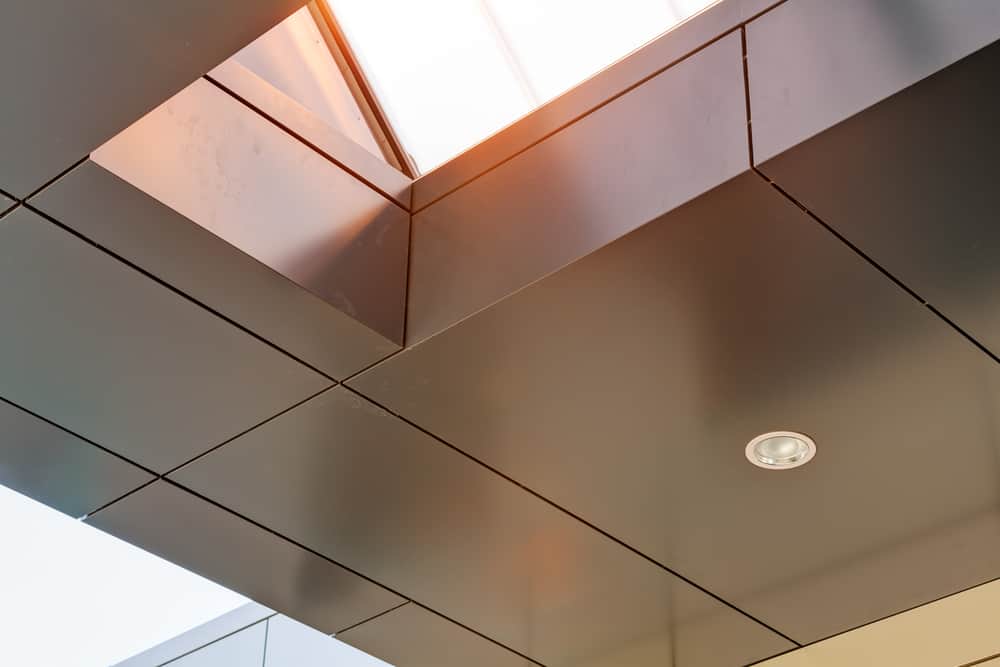
Full Replacement of all EPS Cladding on Apartment Buildings may not be Ordered if Performance Based Solutions are Satisfied
3
Aug
2020
By Justin Cotton, Director, Lovegrove & Cotton – Construction and Planning Lawyers
In a recent decision of the Victorian Building Appeals Board, the alternative pathway to compliance of satisfying the Performance Requirements under the Building Code has again been upheld in regard to potentially combustible cladding, despite a more cautious approach argued for by the Victorian Building Authority and the MFB.
It has long been recognised that there are two potential pathways to compliance with the Building Code. These being on the one hand prescriptive compliance with “Deemed to Satisfy” provisions of the Building Code, or alternatively an “alternative solution” of achieving performance-based benchmarks. The alternative solution route must be scientifically or technically supported as being an equivalent level of compliance when compared to the prescriptive provisions.
In the Building Appeals Board case decision of In the matter of 14 Elliot Avenue, Carnegie [2020] VBAB 19, the Board ruled that the prescriptive Deemed to Satisfy test for compliance of combustible cladding, such as Expanded Polystyrene (EPS) panelling, would not necessarily be the governing test if the performance requirements in CP2 and CP4 of the Building Code are satisfied, and if the holistic fire safety situation of the premises otherwise results in a satisfactory level of safety.
The relevant site was an apartment building of some 21 self-contained apartments and a basement car parking area, with 4 storeys above the basement. In response to a Building Notice from the Council calling for combustible external cladding on the façade to be removed, in April 2019 the Owners Corporation lodged an application with the Building Appeals Board seeking a determination under s160A of the Building Act 1993. The determination sought was that the design or construction of the building complies with the performance requirements CP2 and CP4 of the Building Code, as an alternative path to compliance.
Combustible EPS cladding had been installed only on the upper 2 levels of the building and on external walls on balconies, but with no combustible cladding on the ground level. In addition, there was an eyebrow / canopy on the top-most level consisting of combustible Aluminium Composite Panelling (or “ACP”), set back some distance from the edge of the building.
In regard to other fire safety features at the premises, there was sprinkler protection in accordance with AS2118.4 that covered the entire building including the basement carpark. Also, each level containing apartments was supplied with an internal fire hydrant set in an enclosed fire isolated cupboard, plus an external fire hydrant set back from any flammable cladding by a distance of more than 3 metres.
In summary, the Applicant at hearing highlighted some key features that bolstered a conclusion that the apartment building was compliant in in an overall or ‘holistic sense’:
- A reinforced concrete structural frame;
- Automatic fire sprinklers and smoke detection;
- Internal smoke-proof walls between sole occupancy units and corridors;
- Fire separation between the basement car park and habitable levels above; and
- Highly articulated or ‘wedding cake’ external facades that tend to prevent opportunity for vertical fire spread, or flammable materials falling from one level to levels below.
- There was reliance on CodeMark Certificates and a BRAC Certificate in regard to EPS and ACP panels, and these certifications complied with the Building Code and the Regulations;
- The fire risk for the building was substantially “mitigated” by the sprinkler system installed in accordance with the relevant Australian Standard (ie AS2118.4);
- ACP product was installed on the top level only as an eave feature with no risk of vertical external fire spread (and at the hearing only the MFB took issue with the ACP placement);
- EPS product was only utilised on the top 2 storeys, and not the ground level or the floor above. The Board decided that it therefore did not cause an undue fire risk for external fire spread, that would be greater than that contemplated by the deemed to satisfy provisions for a 2 storey Class 2 structure;
- The Board largely accepted the fire engineering advice from the Applicant’s expert Mr Kip, to the effect that EPS is not a banned product, is not prohibited by the Regulations, does not ignite and sustain flaming in the absence of other combustibles, and its mere presence is not an unacceptable fire risk; and
- Configuration of external walls for the separate storeys to ‘cascade back’ in a ‘wedding cake’ type design significantly reduced any chance for flame spread vertically, over multiple levels.
- The Owners’ fire engineering consultant successfully argued that the current version of AS2419.1-2017 does not mandate hydrant booster shielding in sprinkler protected buildings. Clause 7.6.1 (Sprinkler protected buildings) was relevant here, and no performance-based solution was needed; and
- Given the building frame of fire-resisting reinforced concrete construction, with the front elevation cascading back from ground level upwards, the chances of structural collapse were minimised. So even without fire rated shielding the Board decided that there was enough protection for fire fighters from structural collapse, with the current location of the fire hydrant and booster assembly.
